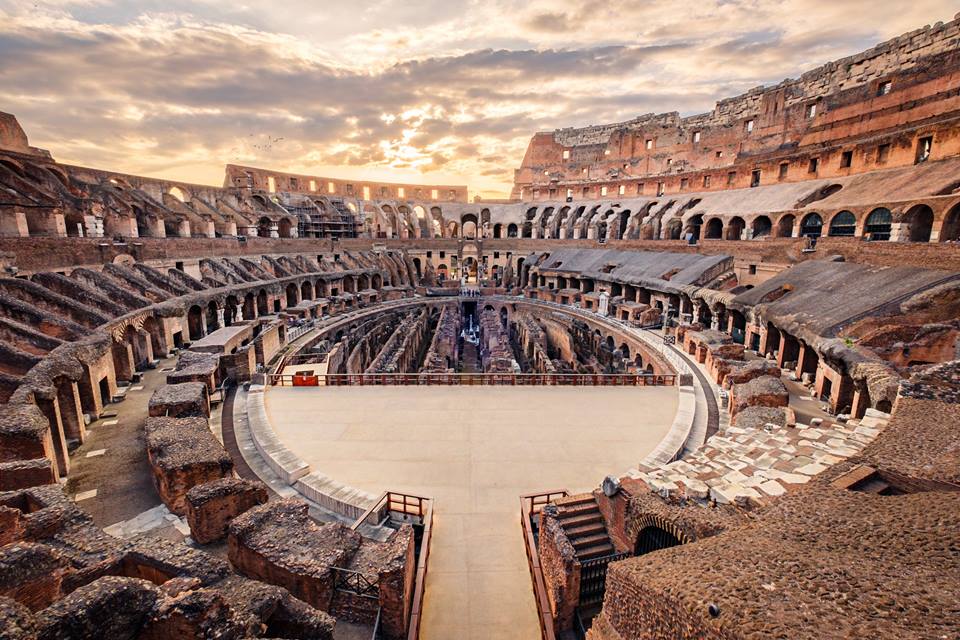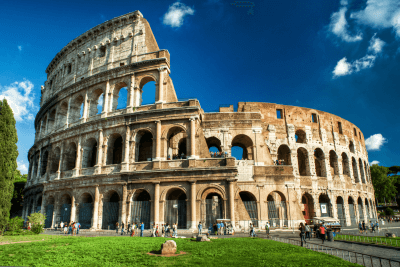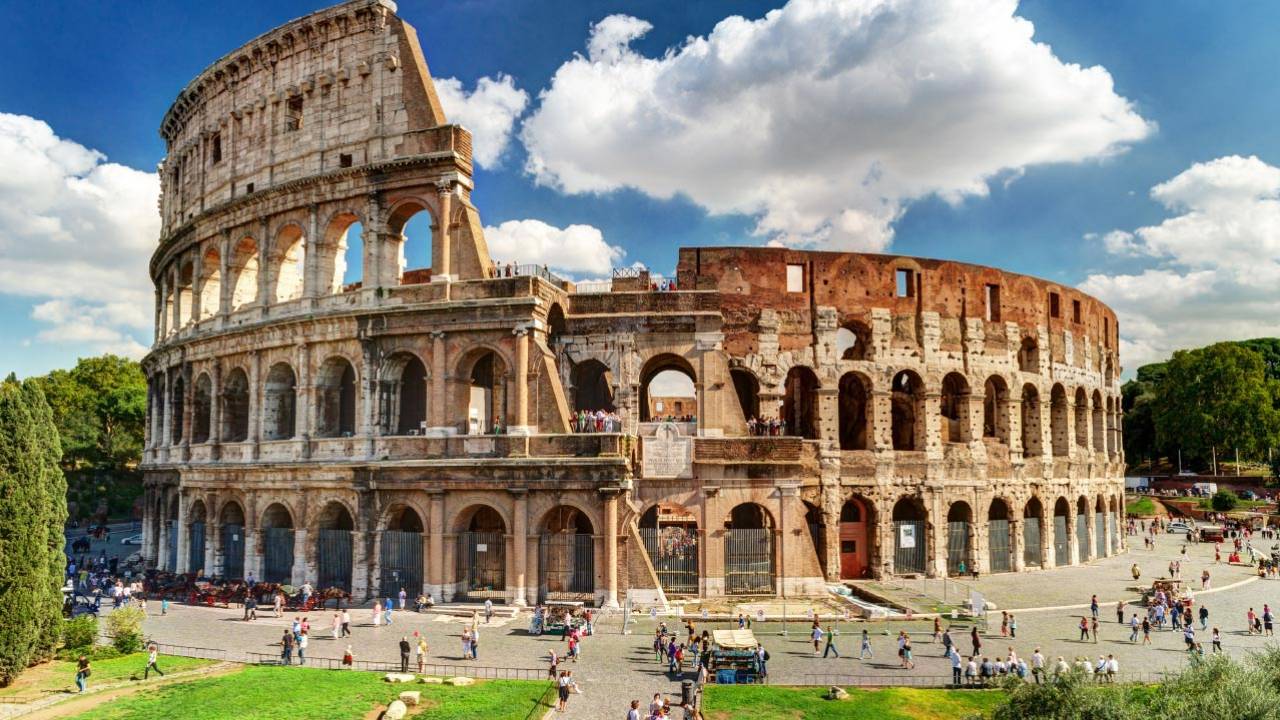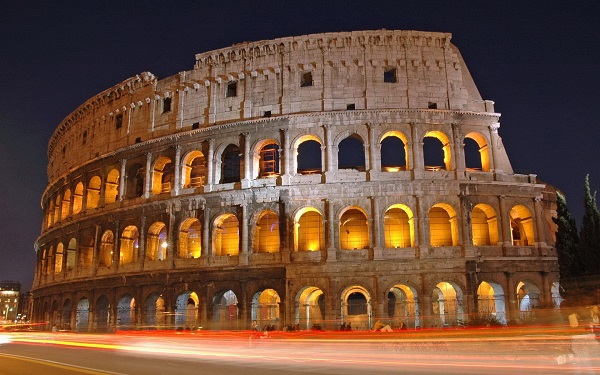The columns in the portico in summa cavea the barriers of the entrances in the cavea decorations around the arena and along the corridors around the cavea.
Marble taken from colosseum and used for.
The first three marble rows were for the nobles and special guests.
The building was constructed by emperors of the flavian dynasty following the reign of nero.
The colosseum s original latin name was amphitheatrum flavium often anglicized as flavian amphitheatre.
Some of the columns are also made of marble.
Unlike earlier amphitheaters the colosseum is a freestanding structure of stone and concrete that uses a complex system of vaults.
In the amphitheatre the marble elements were.
However after the 6th century the colosseum sat in disrepair was neglected and used as a quarry for hundreds of years.
One of the more curious facts about the roman colosseum is that it s an important place of study for botanists.
It is the majority stone in the colosseum the basic material.
Most of the colosseum s decorations were in marble but they have all but disappeared having been reused in the construction of other buildings in rome.
The current plan of the colosseum.
Of the marble decorations of the colosseum.
The once stunning marble sculptures and façade of the colosseum were long ago stripped away when building materials were scarce and what remains looks as much like an empty shell as it is.
Because of earthquake and fire damage the colosseum underwent repair until the 6th century.
Colosseum giant amphitheater built in rome under the flavian emperors.
Outside costumed gladiators flock about offering pictures with them for a price taking away what was once a valued form of entertainment.
Little of the marble left in the seating area.
A lot of plant life flourished inside the colosseum certainly after it was no longer used for games.
Marble is used both in decoration and the entrances of the cavea in colosseum.
The one that was used to build the colosseum came from the town of bagni di tivoli formerly tibur.
It was the scene of thousands of gladiator combats contests between men and animals and mock naval engagements.
Figure 6 shows little of the marble left that was collected in that part of the seating area for tourists to see.
This name is still used in modern english but generally the structure is better known as the colosseum in antiquity romans may have referred to the colosseum by the unofficial name amphitheatrum.
It was made of limestone which is heated.
Lime was used as binder for the cement by adding water.
We know that the materials were plundered and re used in many buildings of the city.




























